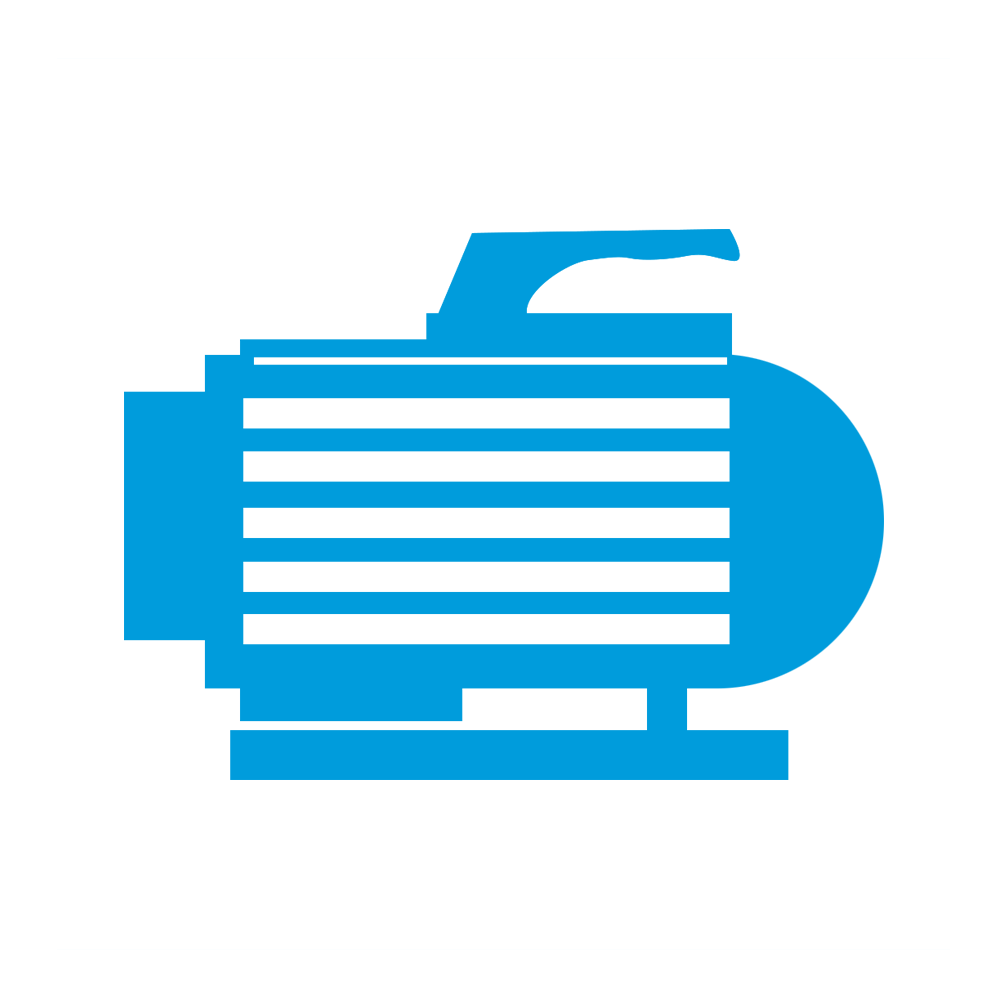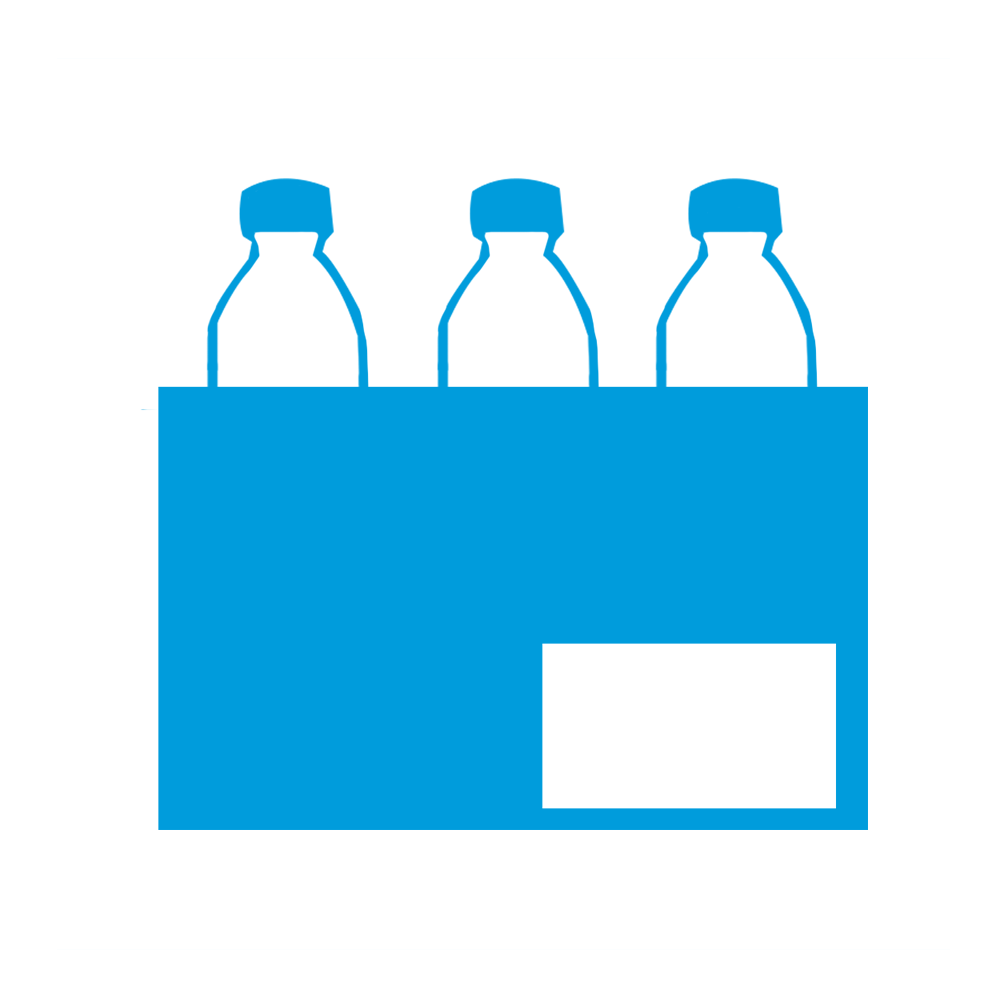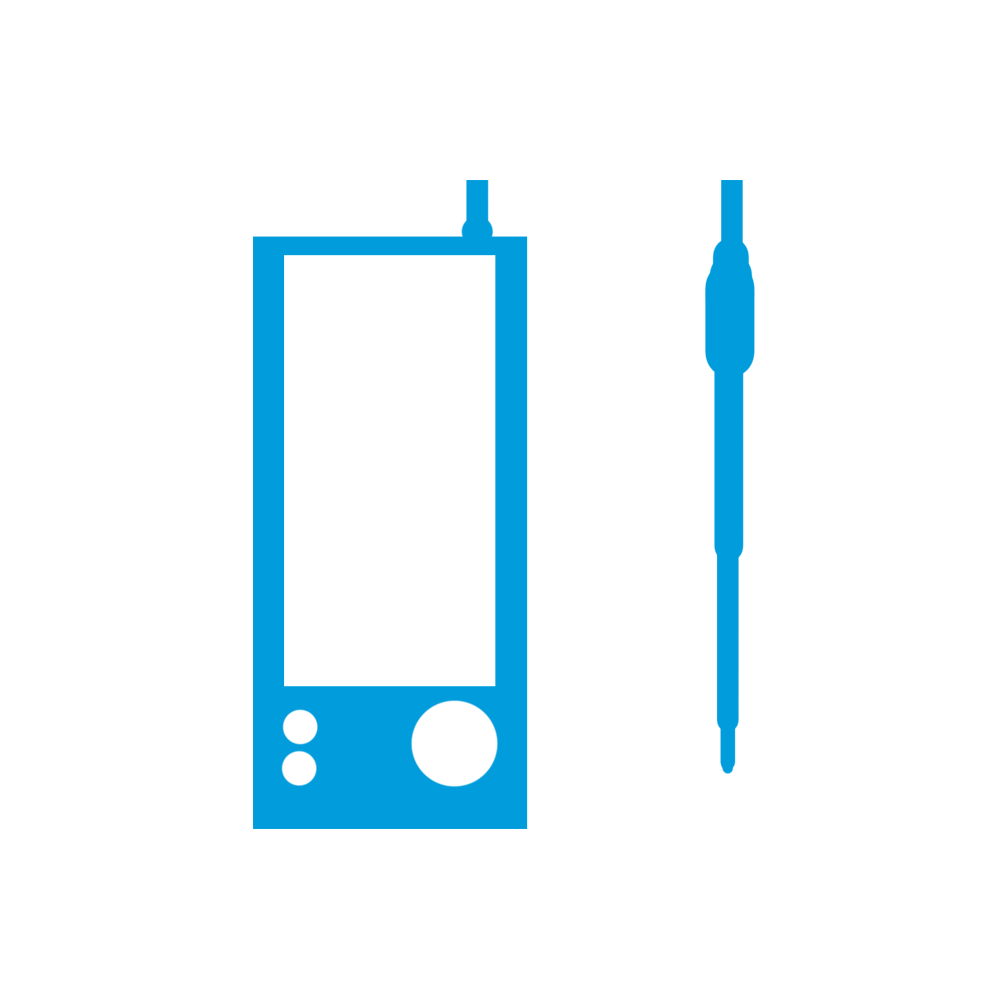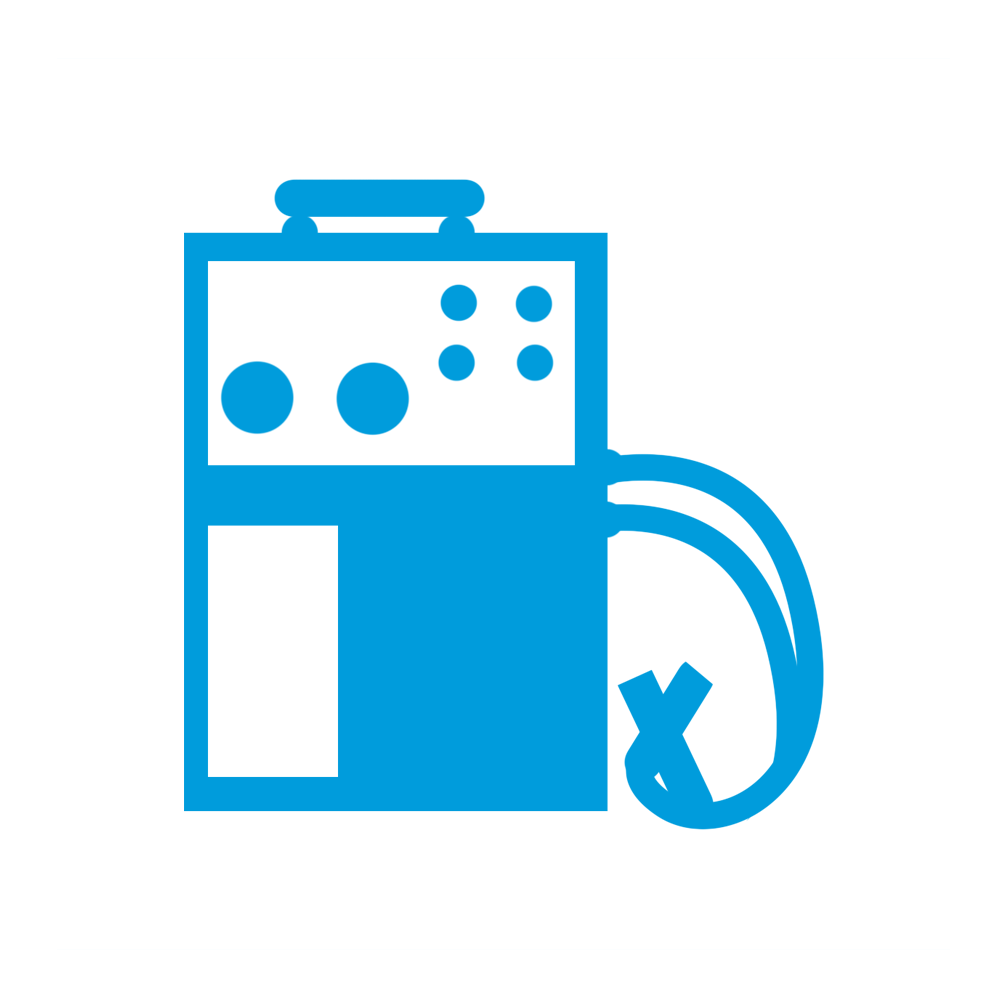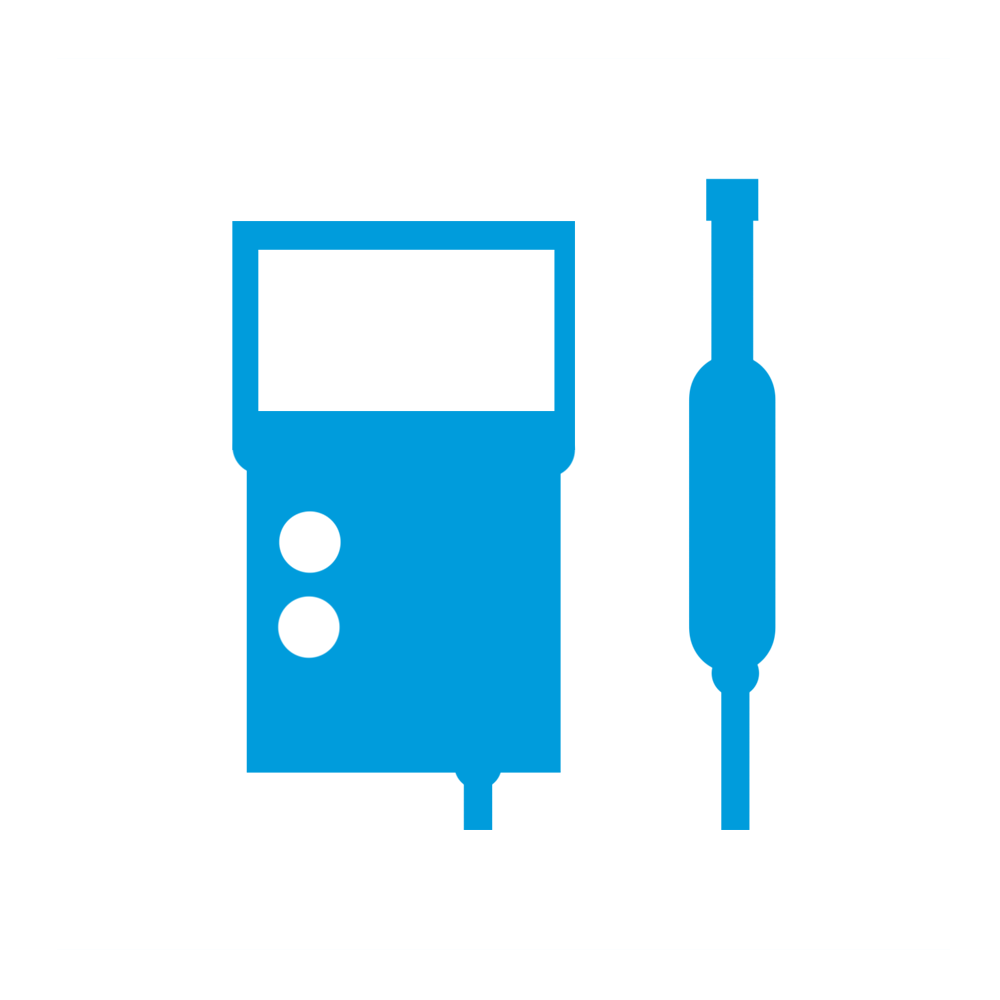

Beckmar uses in-house bred fathead minnows and water fleas to evaluate toxicity of any industrial or sanitary effluent. The lab provides acute and chronic Bio-Monitoring (Bio-Assay) testing and can provide TRE (Toxicity Reduction Evaluation) and TIE (Toxicity Identification Evaluation). A CO2 chamber can be used to control the air’s atmosphere so that pH variances are reduced.
These tests are a unique tool in evaluating aquatic systems that may appear to be clean and healthy but may otherwise cause lake or stream deterioration. Such causes may be linked to metals bio-accumulation in open water species or in substrate (detritus) population of protozoa and insect larva.

Beckmar is certified in Kentucky and Indiana for total coliform, e-coli testing, and HPC. Our lab has three certified microbiologists who can identify a wide group of bacteriological contaminants. Our staff is adept at identifying nuisance organisms such as fungi, algae, diatom, zooplankton and spores. We routinely evaluate the performance and health of activated sludge cultures.
Beckmar also evaluates drinking water sources from cisterns, lakes, springs and wells for potability studies. Are they safe for standard human consumption? Microbial tests can be completed within 48 hours.

Most metals are analyzed by ICP (Agilent Technology 7700X) or atomic absorption with graphite furnace. Ion chromatography is used to evaluate anion species. Colorimetric methods are used to supplement some of the inorganics such as P, Cyanide, and Cr+6. Wastewater and soil waste parameters are determined using approved EPA methods.
Beckmar maintains EPA certification through the Kentucky Division of Water (KDOW) and the Indiana Department of Environmental Management (IDEM).

Volatile testing and semi-volatile testing of organic parameters are done by GC/MS. TTHM, BTEX, pesticides, and PCB can be analyzed. Specialized water collection vessels and appropriate preservatives are mandated for these tests.These samples must be analyzed within certain time restrictions to be considered valid. These tests are time consuming and are usually completed within 15 working days.
Now Featuring Organics!

These series of analyses are all performed in-house or in-field as required by EPA standard methods.
Beckmar recommends that all sampling and analyses be performed by their certified personnel. All sampling procedures, dates and times are recorded on a Chain of Custody “CoC” which serves as a legal document. This record traces the whereabouts of the sample from collection site to lab to analysist to reporter to sample disposal.
All of Beckmar’s clients can legally collect samples and deliver them to the lab where a “CoC” will be written up. Please note that current regulations require that those persons collecting samples be certified in that regard.
NPDES testing is the most commonly requested testing from the EPA. It is actually a series of 5 to 12 analyses that are usually collected on a monthly or weekly basis … but sometimes on a daily basis by large industries and municipalities.


Beckmar conducts potability studies for utilities, industries, realty companies and private citizens. These studies include microbiological and extensive chemical analyses. Suitability tests are conducted on high grade waters. The lab provides monthly monitoring and emergency analyses (24/7) when water line breaks, service disruptions and boil water notices occur.

Beckmar tests industrial and municipal wastewater streams. All NPDES and toxic pollutants as well as bioassays can be evaluated. Ignitability and corrosivity evaluations are performed as needed. Beckmar provides industrial pretreatment sampling and analyses. The laboratory provides appropriate containers, preservatives, coolers and legal chains of custody for all customers.

These rain induced sampling series can be collected by Beckmar personnel at any given time. Analyses typically include TSS, pH, oil and grease.
At times, these samples must be collected by Beckmar’s clients. Rain events over our geographical service area are spotty and short-lived and samples must be collected during the rain event or shortly thereafter.

RCRA heavy metals as well as volatile and semi-volatile contaminants are evaluated.
The majority of solid waste samples collected by Beckmar are sludges and soils impacted by the industry’s sludge disposal process. Analyses must be performed on waste going to a landfill or landfarm. These analyses are usually run at least once during the life of a permit.

In stream assessments include general wet chemistry as well as macro-invertebrate and algal identification. Beckmar personnel are experts in sediment analysis and stream recovery situations.
Stream studies are a unique tool in that they evaluate the “long term” health of a stream. These studies evaluate the presence of and/or absence of “indicator organisms” which invade healthy areas as well as degraded areas. The chemistry of the studies evaluates current conditions of the stream. The Biota indicates which organisms have survived and proliferated in the stream.

Beckmar evaluates the current health of streams and ponds by looking for indicator species and chemicals.
These are classic studies of lakes and streams (potamology) that require a wide range of analyses. These studies are often requested by new owners of old farm ponds and rural lakes.

Beckmar provides its recreational clients with bacteriological sampling and analyses throughout the year and especially in cases involving forced weekend closures.
Pool samples can be collected 24/7 with results sent to the health department regularly within 18 hours of analysis.
Toxicity
Whole Effluent Toxicity Test
Toxicity Reduction Evaluation (TRE)
In the 1970’s the EPA started the Clean Water Act to help protect our nation's waterways. Even though wastewater treatment plants and industries remove chemicals and harmful bacteria/viruses, not all are completely removed from the effluent. Thus the EPA and state agencies started stricter monitoring of the wastewater being discharged from WWTP and industries into the receiving streams. This particular plan is called the whole effluent toxicity test or bio monitoring. This test uses live organisms to evaluate treated waters being discharged from WWTP.
These tests are usually broken down into chronic and acute tests using the organisms Ceriodaphnia dubia (water flea) and/or Pimephales promelas (fat head minnow). These tests are normally found in discharge monitoring permits that meet the following:
Acute toxicity tests measure survival of the organism exposed to a series of dilutions (specified in permit) over a period of 48- hours.
Chronic toxicity tests measure reproduction and survival for Ceriodaphnia dubia and survival and growth for the Pimephales promelas test. This test also uses a series of dilutions (specified in the permit) over a longer period of time (usually 7 days).
Various causes of toxicity are
What to consider if permittee has a failure:
Beckmar assists its clients by providing broad-based expertise in dealing with regulatory agencies.

The laboratory can assist utilities in meeting their monthly, quarterly, and annual monitoring requirements by developing a yearly sampling plan and budget. Beckmar provides the appropriate sample containers, preservatives (when needed), cooler and chain of custody for each sampling event. Our analysts can identify suspected microbiological contaminants. Primary and Secondary contaminants are screened routinely. TTHM and SOC analyses also offered.

Beckmar provides sampling and analyses that are mandated by the EPA ‘s National Pollutant Discharge Elimination System (NPDES). These tests typically include the following parameters: BOD, TSS, pH, total N as ammonia, TKN, nitrate, nitrite, phosphorus, grease and oil, metals and coliform bacteria.
Beckmar’s field staff is highly trained and can offer advice as to which tests can assist the operator with process-control problems.

Beckmar personnel repair and calibrate commonly used lab equipment such as:

